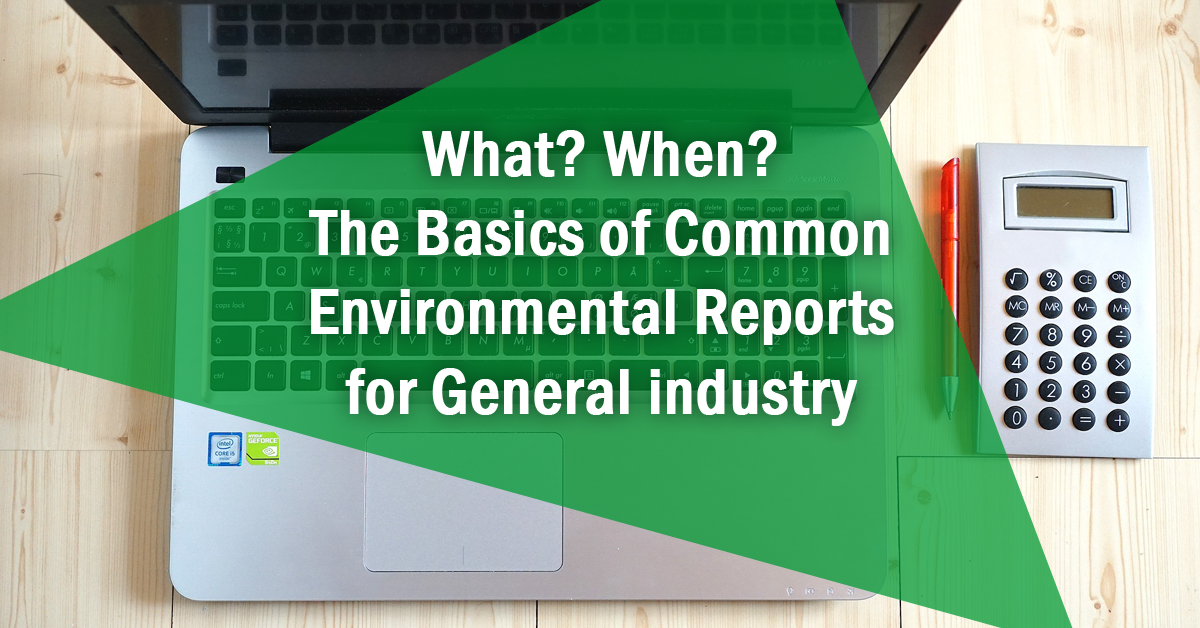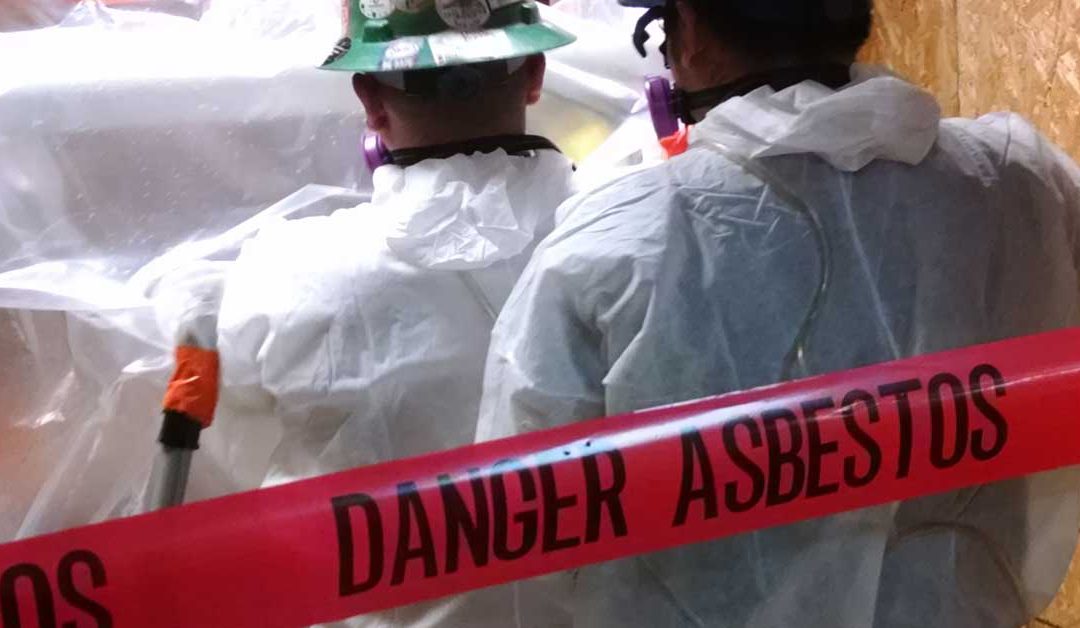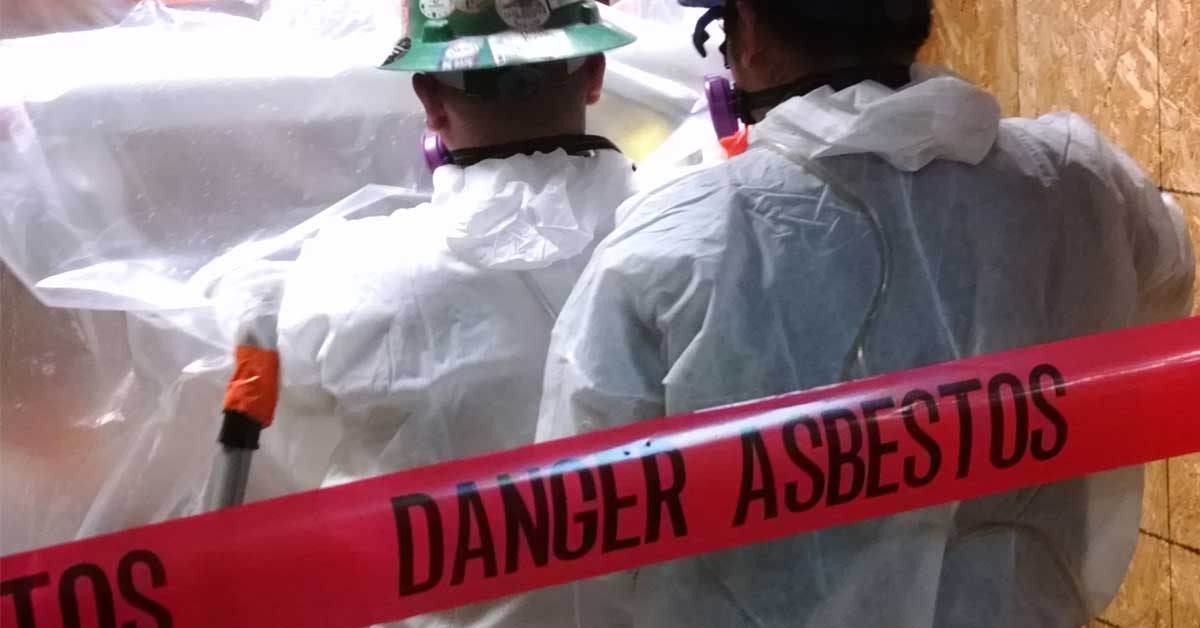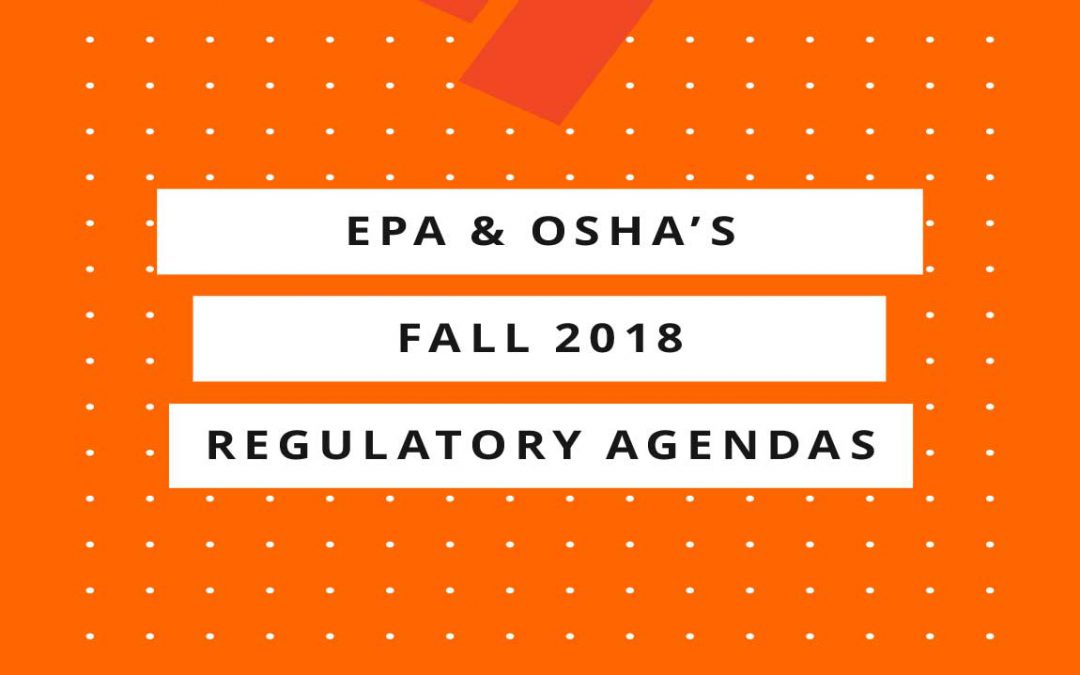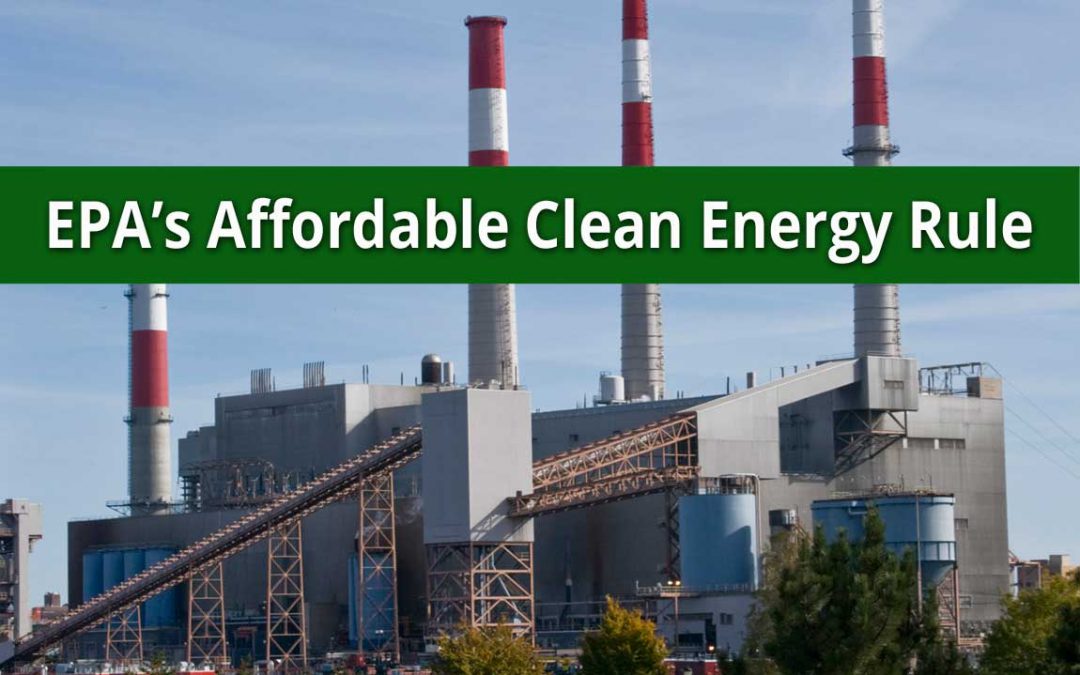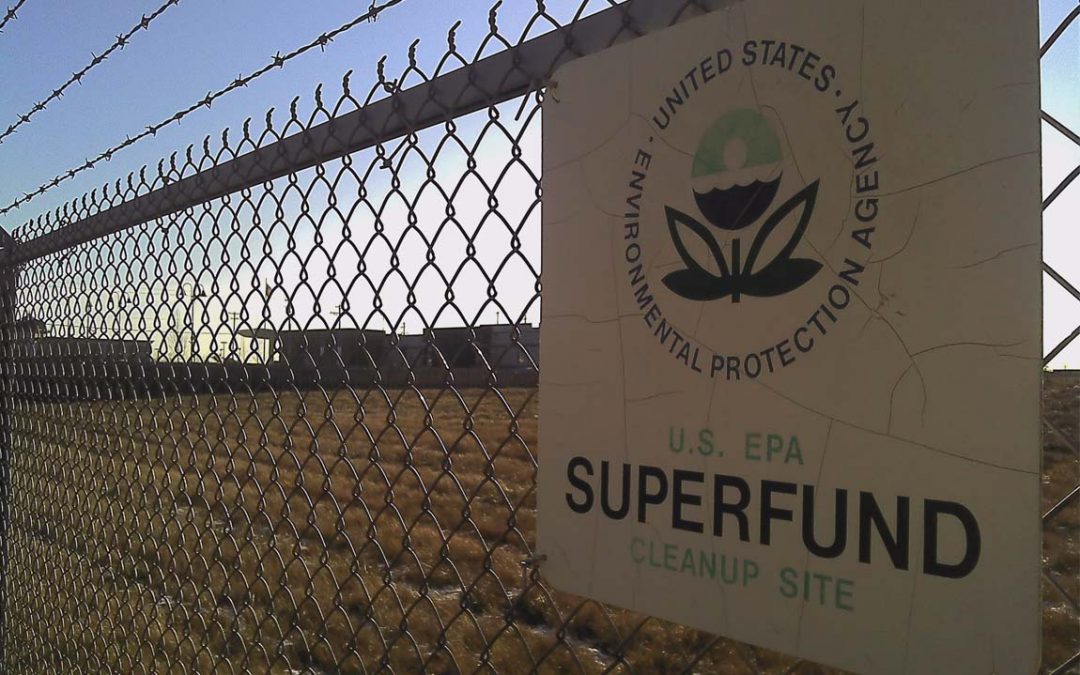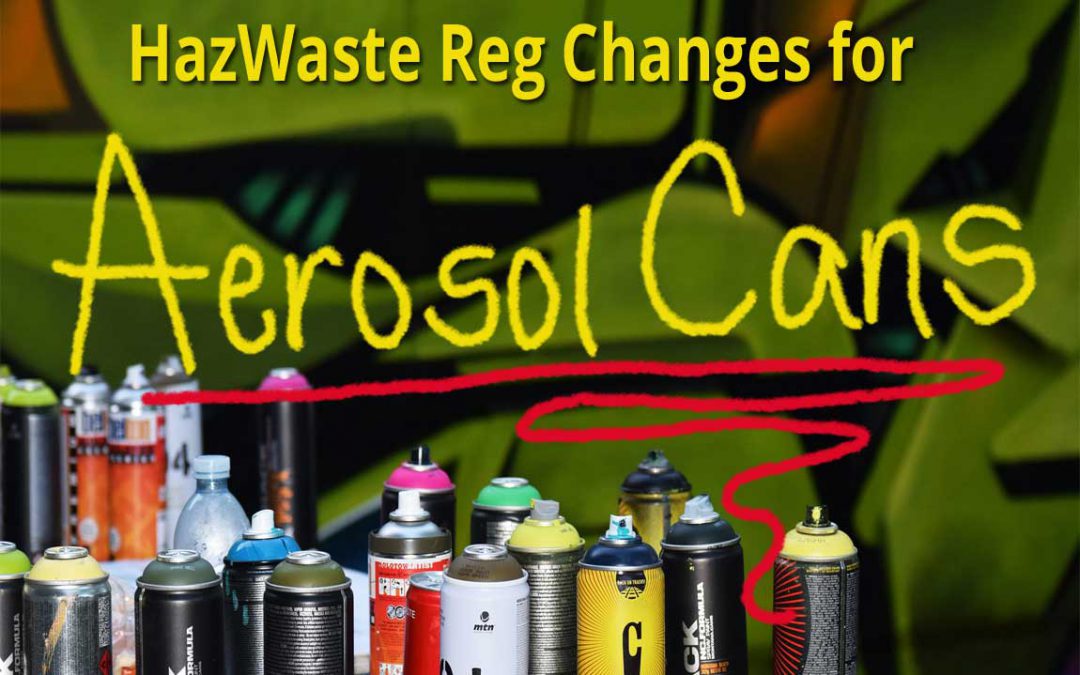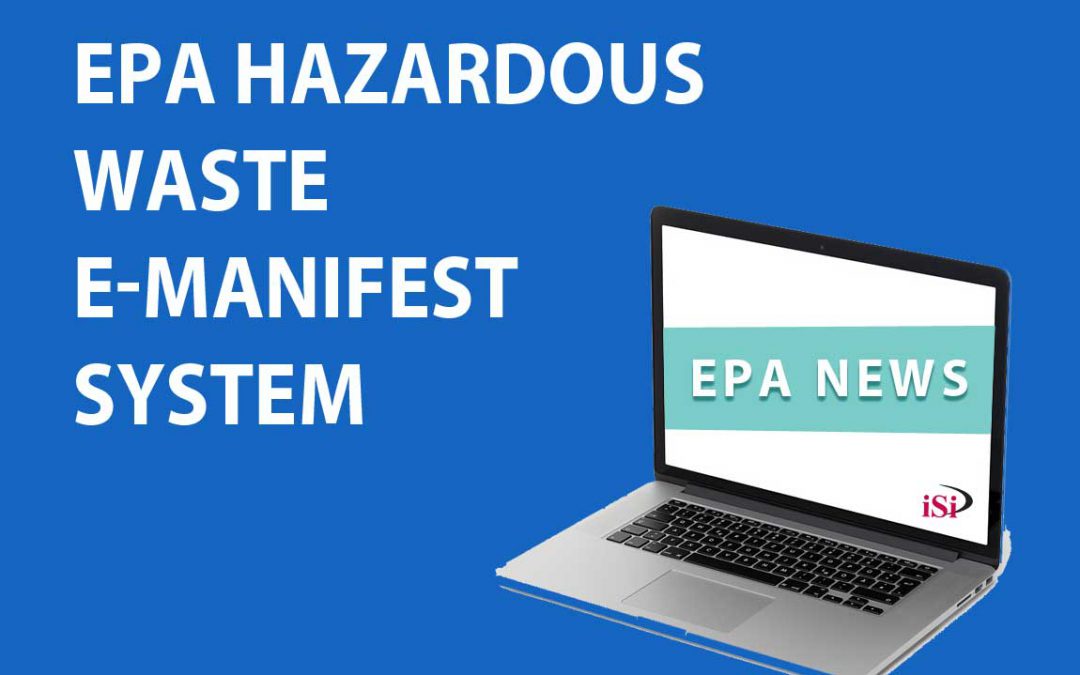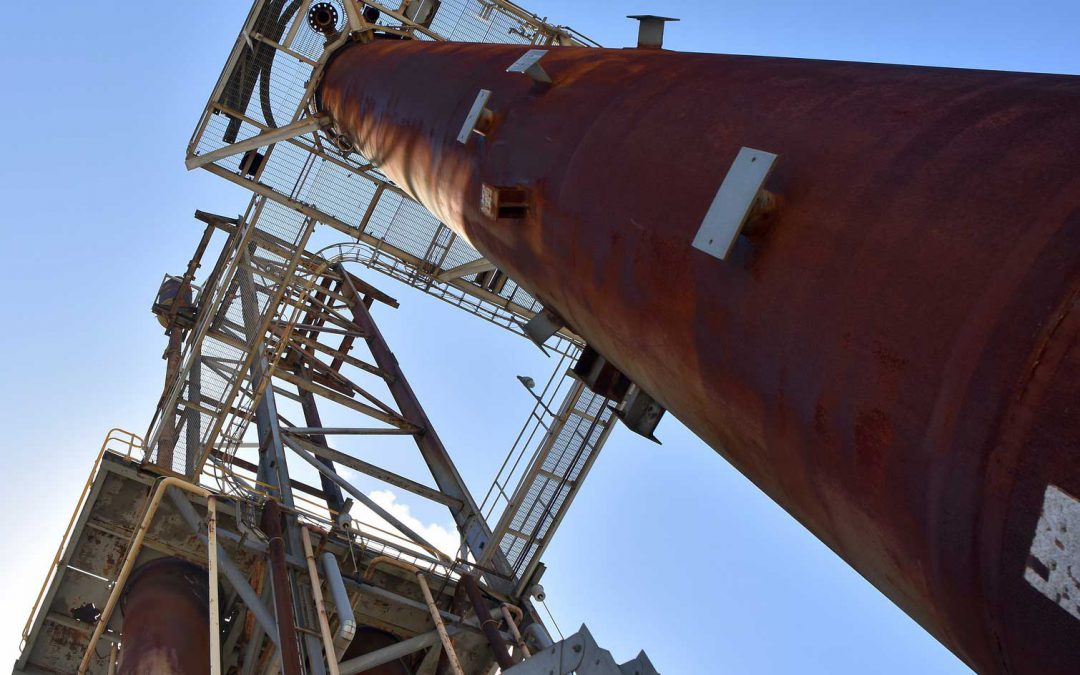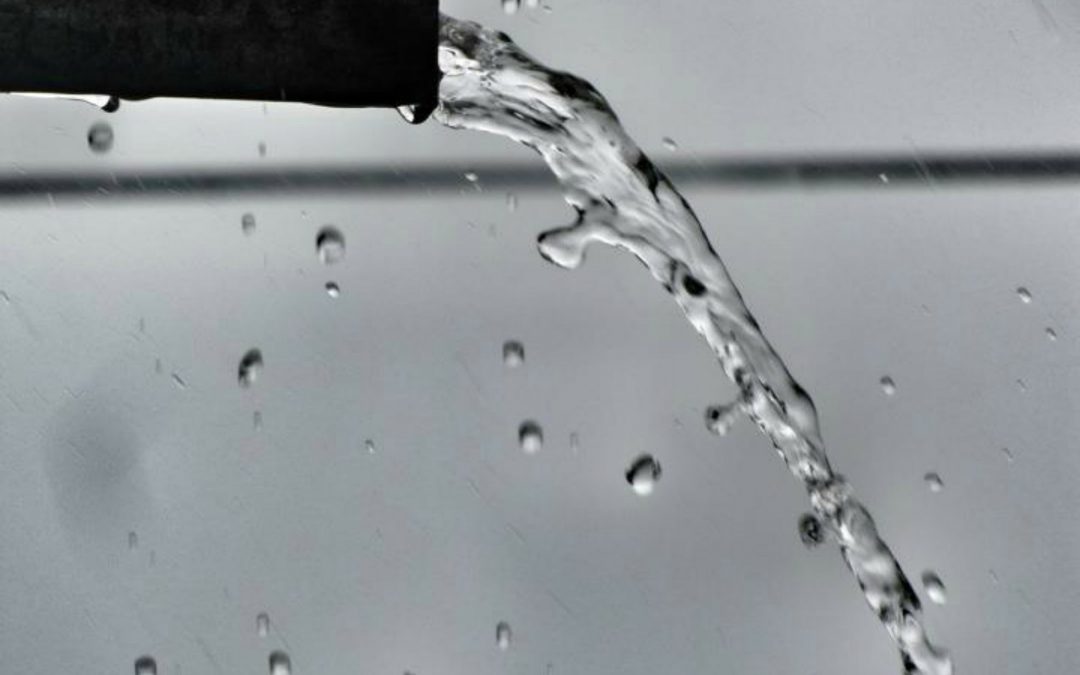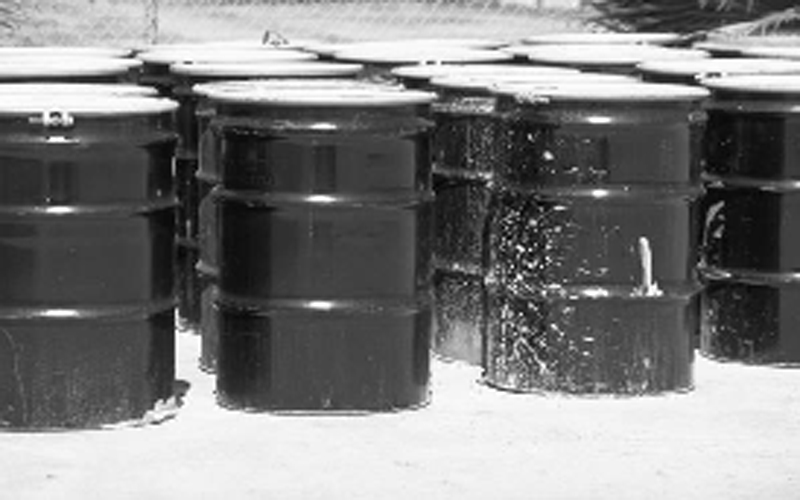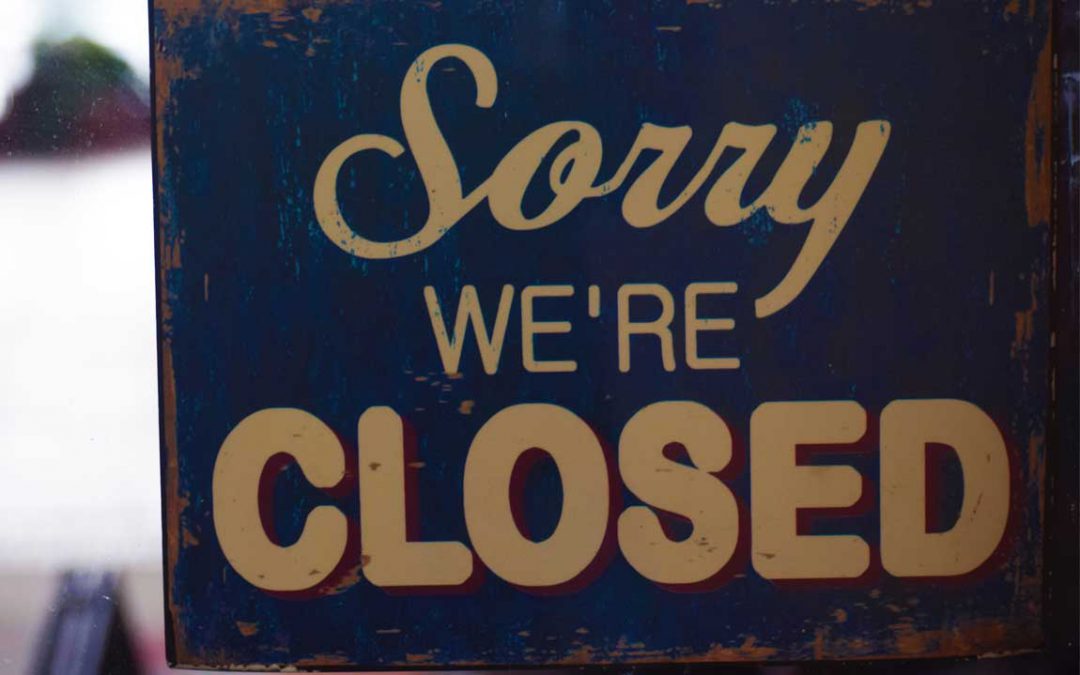
The Federal Shutdown: EPA, OSHA and DOT
We were working on preparing price proposals for two separate federal agencies this week and one greeted with a return email saying it was closed, while the other is still open. This prompted the question…what about the other regulatory agencies we work with such as EPA, OSHA and the DOT?
EPA
In short, part of EPA is open while the other is closed. Those functions still open involve ensuring there are personnel necessary to respond to emergencies involving safety of human life or the protection of property.
Functions Still Open at EPA
- Activities essential to ensure safe continued public health and safety including safe use of food and drugs and safe use of hazardous materials;
- Superfund projects, where failure to maintain operations would pose an imminent threat;
- EPA labs where it’s necessary to ensure physical integrity of research property and research conditions;
- Law enforcement, legal counseling and criminal investigations;
- Protection of federal lands/buildings/equipment; and,
- Emergency response readiness and disaster service.
Functions Closed at EPA
- Inspections;*
- Non-emergency environmental site sampling;
- New contract obligations;
- Existing contract obligations and task orders;
- Existing grant, cooperative agreement and interagency agreement obligations;
- Payment activities including contracts, grants and payroll;
- Travel;
- New hiring; and,
- Non-mission critical IT systems.
*While federal inspectors are on hold, please note that state environmental inspections are likely to continue using other sources of funding.
For more information on EPA’s shutdown, take a look at their contingency plan.
OSHA
At OSHA, it is business as usual because their agency is funded through September of this year. The same goes for MSHA, so inspectors for both agencies are still out and active.
DOT
At DOT, some agencies of DOT are busier than others are.
It’s business as usual for the Federal Motor Carrier Safety Administration and the Federal Highway Administration because they’ve already been funded by multi-year appropriations.
Functions Closed at DOT
At other DOT agencies, about half of the staff has been furloughed. Much of what is closed has been administrative such as rulemaking and program development, training, research, purchasing, and grants.
Functions Open at DOT
Those functions still operational include:
- Hazardous materials (hazmat) inspections of shippers and carriers;
- Hazmat enforcement activities;
- Hazmat testing facilities and cylinder reconditioning facilities;
- Hazmat approvals and permits for emergencies only;
- Pipeline safety regulation inspectors;
- Those who manage rail and pipeline accidents/incident investigations; and,
- Pipeline operations/systems inspectors.
For more information about all the DOT shutdown activities, download their Shutdown Contingency Plan.
Free Webinar
Catch our free webinar on EPA environmental reporting!

